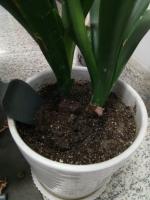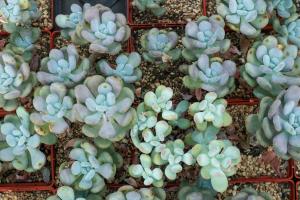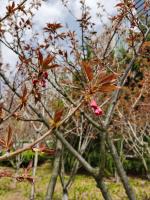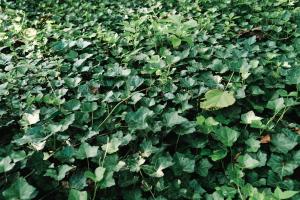Introduction
Bamboo trees are an excellent addition to any garden or landscape. They are fast-growing, versatile, and can add a touch of Eastern charm to any setting. However, knowing where to plant bamboo trees can be a challenge. In this article, we will take a closer look at the best spots to plant bamboo trees, so you can enjoy their beauty and benefits for years to come.
The Right Soil
One of the most important factors in planting bamboo trees is the soil they will be living in. Bamboo prefers well-draining, loamy soil that is slightly acidic with a pH of 5.5 to 6.5. Most bamboo species thrive in soils with a high organic content that is moist but not waterlogged. When planting bamboo trees, it is important to prepare the soil by adding compost or other organic material to improve its quality and drainage.
Sun or Shade?
Bamboo trees are very adaptable when it comes to light conditions. Most species can tolerate full sun to partial shade, but some types may prefer one over the other. For example, some bamboo species that grow in hot and dry regions may require shade during the hottest part of the day. On the other hand, bamboo that grows naturally in shady areas may struggle to thrive if planted in full sun. When choosing a spot to plant bamboo trees, it is important to consider the local climate and the specific needs of the species you have chosen.
Spacing and Spread
Bamboo trees are known for their fast growth and can quickly become crowded if not given enough space. For most species, it is recommended to plant bamboo trees at least 5 to 10 feet apart, depending on the expected height and spread of the plant. Some species, such as the running bamboo, can spread rapidly and need to be contained by a physical barrier or regular maintenance. Before planting bamboo trees, it is important to research the specific species and its growth patterns to determine the best spacing and maintenance requirements.
Watering and Fertilization
Bamboo trees require regular watering to thrive, especially during the first few months after planting. The frequency and amount of water needed will depend on the climate, soil conditions, and species of bamboo. In general, bamboo prefers moist soil but will not tolerate waterlogged conditions. Fertilization is also important for the healthy growth of bamboo trees. Most species respond well to balanced fertilizers such as 10-10-10 or 14-14-14. It is recommended to fertilize bamboo trees in the spring, summer, and fall seasons.
Pests and Disease
Like all plants, bamboo trees are susceptible to pests and disease. Common pests that can attack bamboo trees include bamboo mites, mealybugs, aphids, and bamboo beetles. Signs of infection include yellowing leaves, holes in leaves, and stunted growth. Disease can also affect bamboo trees, with common afflictions including root rot and fungal infections. To avoid pests and disease, it is important to maintain a clean and healthy environment and to promptly address any signs of infection.
Conclusion
Bamboo trees are a beautiful and functional addition to any setting, from large gardens to small containers. Knowing how to plant bamboo trees properly can help ensure their health and longevity. By choosing the right soil, light conditions, spacing, and maintenance, you can enjoy the many benefits of bamboo trees for years to come.

 how many times do yo...
how many times do yo... how many planted tre...
how many planted tre... how many pine trees ...
how many pine trees ... how many pecan trees...
how many pecan trees... how many plants comp...
how many plants comp... how many plants can ...
how many plants can ... how many plants and ...
how many plants and ... how many pepper plan...
how many pepper plan...
































